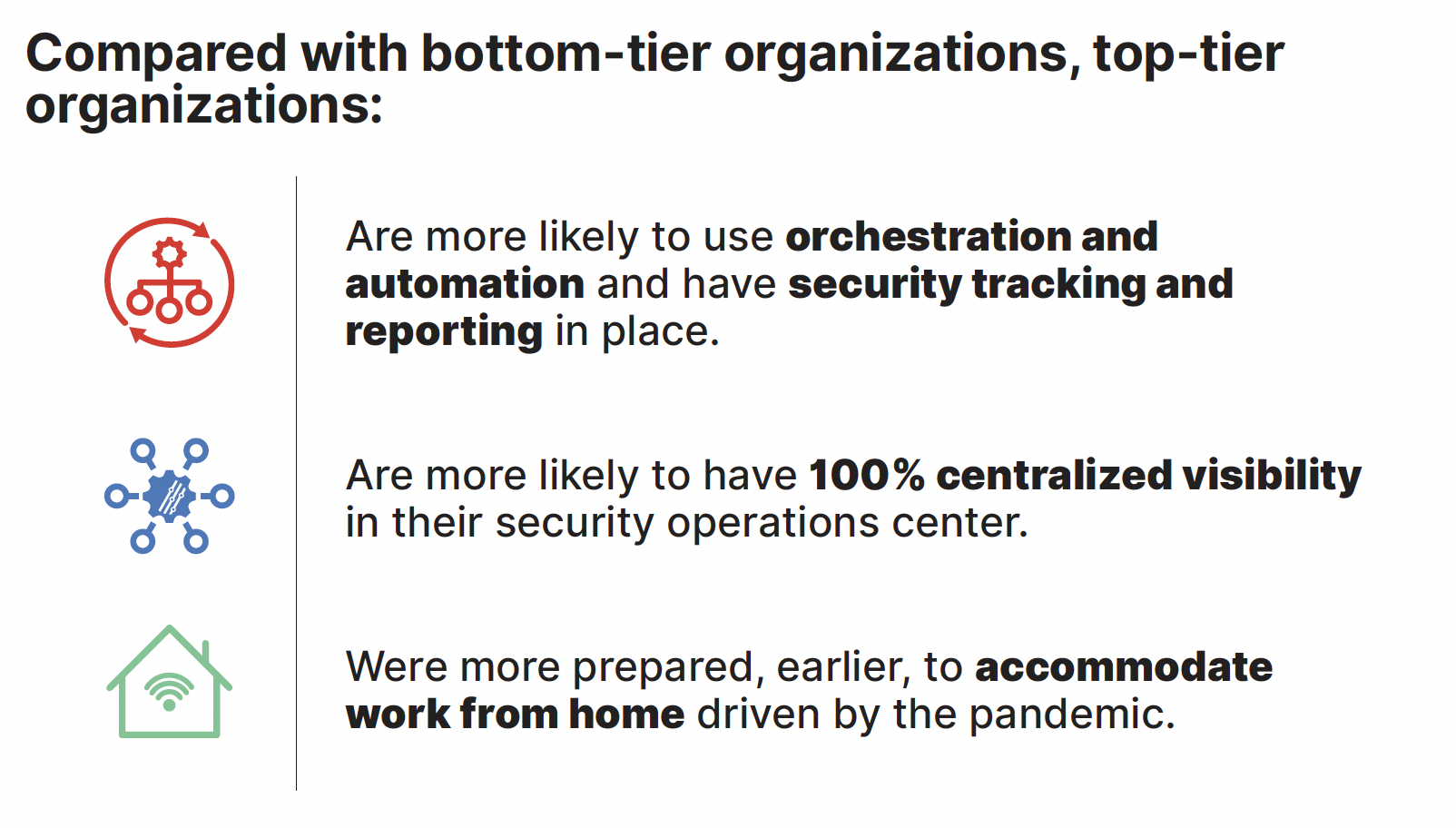2021 State of Operational Technology and Cybersecurity Report | SPONSORED
The 2021 State of Operational Technology and Cybersecurity Report from Fortinet finds that operational technology (OT) leaders continue to face cybersecurity challenges, some of which were exacerbated by the shift to work from home due to the pandemic. The pandemic also accelerated IT-OT network convergence for most organizations, which correlates to other CEO reports that indicate pandemic-related changes have accelerated digital transformation, putting organizations years ahead of where they would have expected to be at this point (sources: KPMG and ARC Advisory Group)
As noted in the 2020 report, the momentum for OT-IT network convergence was already happening pre-pandemic, but the effects of the pandemic accelerated digital transformation and increased the need for connectivity. Employees were required to work from home and OEMs and system integrators were hampered by their inability to travel to service equipment. Getting on-site became much more difficult, so the pandemic clearly increased the need for third-party secure remote access. Overcoming these challenges increased both costs and risks.
In 2021, Fortinet saw a change in respondents away from Manager of Manufacturing to more VP and Director level. The responsibility for OT is shifting away from VP or Director of Network Engineering to CISOs and CIOs. Additionally, there were more security operations centers (SOCs) and significantly more network operations centers (NOCs) in place in 2021 than the prior year.
Fortinet’s team also compared the practices of respondents who had seen zero intrusions in the past year with those who had 10 or more intrusions. The findings show that “top-tier” OT leaders were significantly more likely to adhere to a number of best practices.

Methodology for This Study focused on OT and Cybersecurity
This year’s State of Operational Technology and Cybersecurity Report is based on a survey conducted from February 24 to March 1, 2021. The questions mirrored those asked in similar surveys in 2019 and 2020. Respondents work at companies involved in four industries: manufacturing, energy and utilities, healthcare, and transportation. All are responsible for some aspect of manufacturing or plant operations and occupied job grades ranging from manager to vice president.


